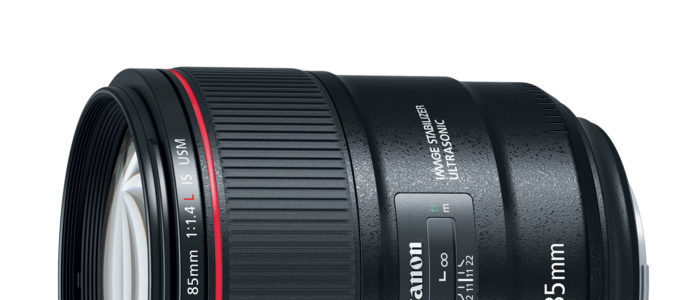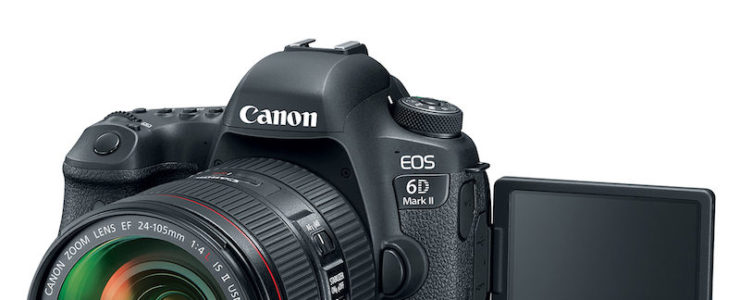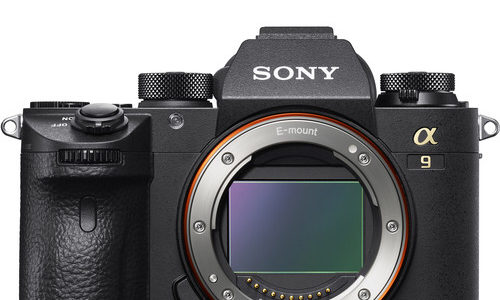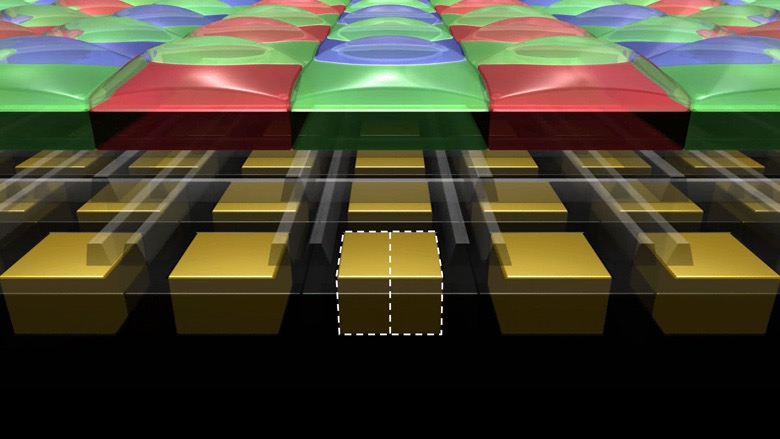This is how image stabilisation works on the new Canon EF 85mm f/1.4L IS
Pre-orders are available at $1,599 at Adorama | B&H Photo | Amazon
Canon EF 85mm f/1.4L IS at a glance:
- EF-Mount Lens/Full-Frame Format
- Aperture Range: f/1.4 to f/32
- One GMo Aspherical Element
- Air Sphere and Fluorine Coatings
- Ring-Type Ultrasonic Motor AF System
- Optical Image Stabilization
- Dust- and Water-Resistant Construction
- Rounded 9-Blade Diaphragm
Canon did good with the new Canon EF 85mm f/1.4L IS lens. Not only it is a lens many photographers were waiting for, it also comes to a pretty reasonable price ($1,599) for what it delivers.
The video below gives a 1 minute overview on how image stabilisation woks on the EF 85mm f/1.4L IS.



 Canon Professional Network
Canon Professional Network 
